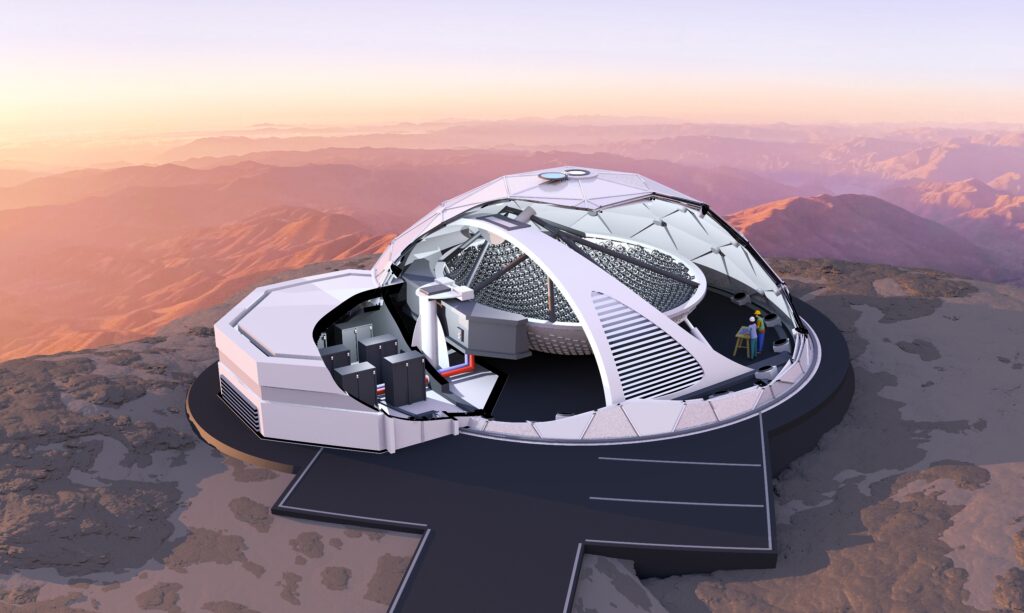The Argus Array
The Argus Array will be a 900-telescope survey instrument with a light collecting area equivalent to a 5-meter telescope and 1.4 arcsec resolution across a field of view encompassing the entire sky at once. Operating at depths comparable to those of the deepest active sky surveys, Argus will capture a continuous two-color, 55-gigapixel movie of the night sky, shared with the entire astronomical community in real-time through public transient alerts, images, and light curves with millions of epochs for millions of stars


